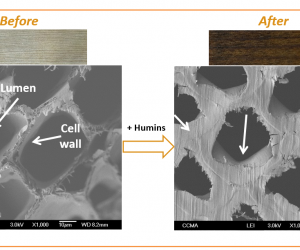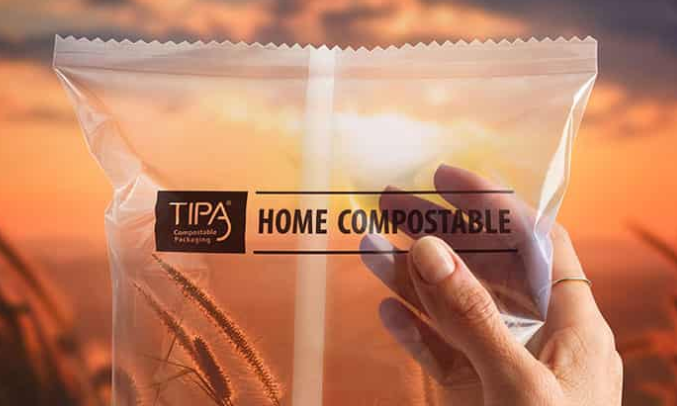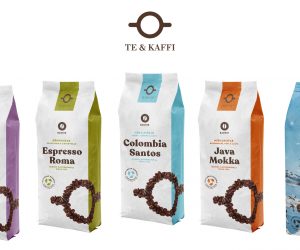

NEW POLL: AUSTRALIAN PUBLIC CALLS FOR COMPOSTABLE PACKAGING, NOT PLASTIC
LANDMARK new poll reveals 85 percent of the Australian public believe more food should be wrapped in compostable packaging as an alternative to plastic, and 44 percent would pay more for the change.
- Poll finds 85 percent of Australian public believe more food should be wrapped in compostable packaging as an alternative to plastic materials, and about half would pay more for the change
- More than eight-in-ten would like to see all states and territories accept composable packaging in forthcoming national FOGO (Food Organics, Garden Organics) collections
- South Australia is the first state to accept compostable packaging in FOGO waste collections paving the way for other Australian states
- Experts argue that all states and territories should follow SA’s lead as using compostable packaging not only reduces plastic waste, but will encourage the public to take part in FOGO collections by allowing them to dispose of their food waste alongside its packaging
- Switching to compostable packaging is now one of the top three sustainable packaging priorities for brands globally
The survey also found that 84 percent want to see all states and territories accept compostable packaging in the forthcoming national Food Organics, Garden Organics (FOGO) collections, designed to encourage people to separately dispose of their organic waste for it to be diverted from landfill and composted.
Currently only South Australia has committed to accepting compostable packaging with its collections, despite it having been proven to increase the likelihood of consumers disposing of their food waste in the separate food waste bin.
The nationally representative survey of 2,001 Australian adults – commissioned by TIPA – comes as the Government implements a National Packaging Target plan, making all packaging reusable, recyclable or compostable by 2025.
The current recycling rate for traditional plastic packaging is estimated at just 16 percent. Some plastics are harder to recycle due to being uneconomical, a risk to machinery or contaminated, such as ‘soft’ plastics and any plastic in contact with food.
With the public using around 70 billion pieces of ‘soft’ plastic such as food wrappers per year, vast quantities of plastic waste are being taken out of the recycling waste stream to be landfilled, incinerated or enter the environment[ii].
These results mirror a similar survey undertaken in the UK which found that 83 percent of Brits would rather their food be wrapped in compostable packaging, showing growing global demand for these materials to substitute plastic.
Businesses are beginning to respond, with switching to compostable packaging now one of the top three sustainable packaging priorities for brands globally.
Compostable packaging can be used to substitute these plastics, reducing plastic pollution and encouraging the public to properly dispose of their food waste for composting.
Daphna Nissenbaum, CEO & Co-founder of TIPA, said: “We are witnessing a growing enthusiasm around the world for the compostable packaging agenda and the solutions it brings. Australia also has a big part in this change, and it has introduced very important targets to tackle the issues of plastic pollution and food waste going to landfill when it can be composted. To support this, compostable packaging is not only the most practical solution, but it is also quickly becoming a favourite of the Australian public.
“Where recycling falls short with being unable to recover flexible films and packaging contaminated with food, compostable packaging can rise up and take on the challenge. We are counting on brands to recognise the consumer demand for compostable packaging, and that more states and territories follow South Australia’s lead and include it in FOGO collections to ensure as much food waste is captured as possible, and we stop polluting the planet with our waste.”
For more Information visit www.tipa-corp.com
[ii] https://www.awe.gov.au/sites/default/files/documents/national-plastics-plan-2021.pdf





